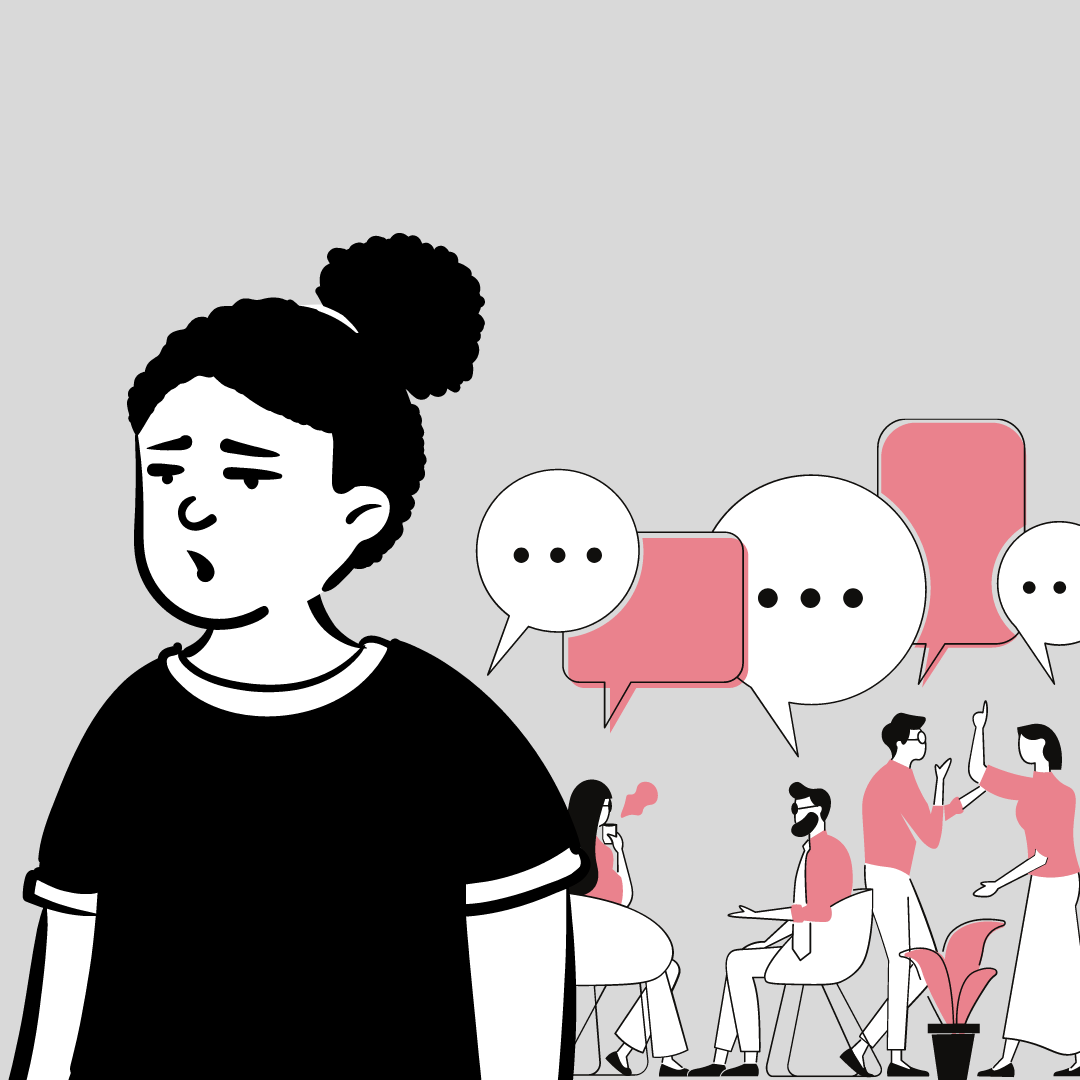Intersex Invisibility and other issues
With intersex variations hidden even from intersex people themselves, intersex has been all but erased from the world while surgeries and hormonal interventions on intersex children continue. 
Because people are not presenting at their doctors or at the hospital as intersex, there has been no specialist care developed to meet the needs of intersex people throughout the course of their lives.
Many intersex people reported that the secrecy about their bodies growing up was damaging. While medical interventions are performed on intersex children with the intention of helping them blend into a binary society, for many it had an opposite effect, causing them to feel apart from and separated from society.
Many people find out they are intersex later in life during medical exams, fertility tests, DNA tests, or by finding their own cases in medical books. In the 1990s, with the availability of the internet, intersex people began to find each other and compare their experiences.
Many intersex people report experiencing sexual discomfort and difficulties associated with early medical interventions.
While transgender and intersex are not the same thing, rates of gender dysphoria have been found to be higher amongst intersex people than amongst non-intersex people. Gender dysphoria describes a distressful state of being where the gender someone was assigned doesn't align with the way they identify or feel inside. Many intersex people have been assigned female by their surgeons down through the years because those surgeries were considered easier to perform. Intersex people assigned the wrong gender at birth by surgeons may be subjected to the violence and discrimination experienced by transgender people.
Intersex invisibility has resulted in a lack of cultural representation. Intersex people do not get to see intersex characters very often in books, film, or television, and neither do the public. This contributes to stigma against intersex people and a world where there are few legal protections for intersex people. In 2014, MTV included an intersex character in their television show Faking It which was the first time a television show featured a regular intersex character despite intersex people existing as long as non-intersex people have.
In the next chapter we will look at how being intersex can impact the lives of older people.